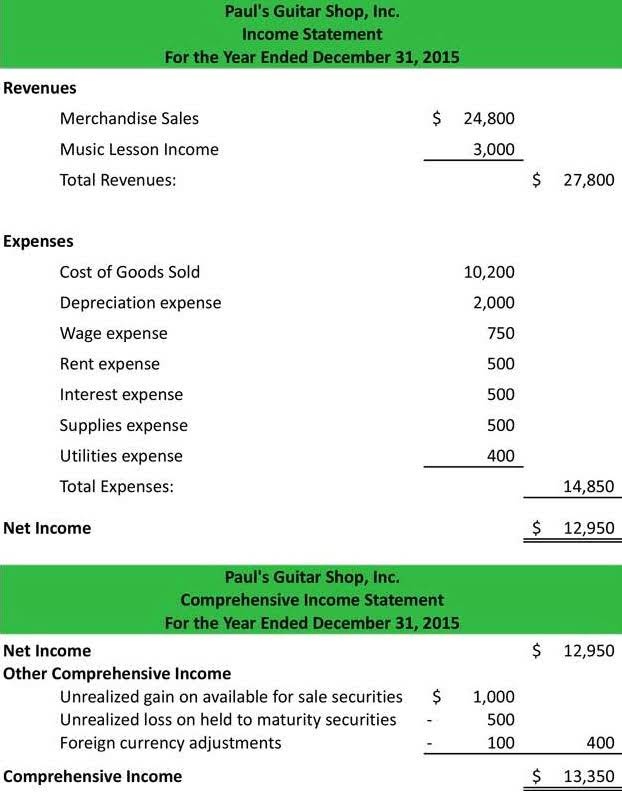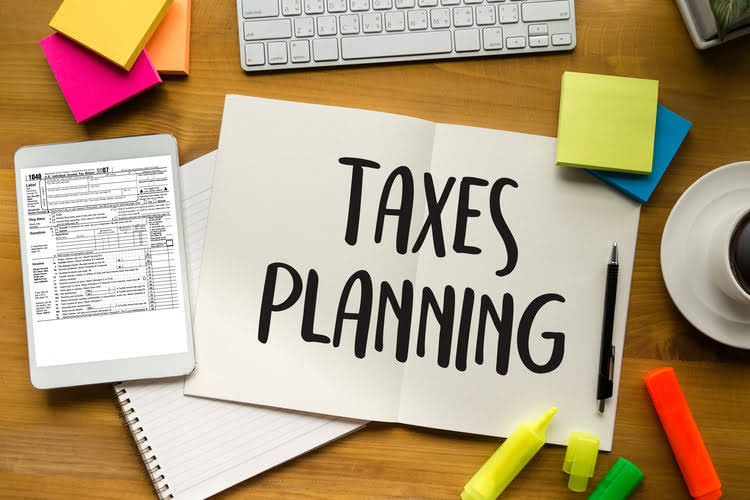
Here, we’ll assume that a company has paid for insurance coverage in advance due to the incentives offered by the provider. Comparable to the mechanics of a depreciation schedule, i.e. the actual cash outflow is not recognized in the period the capital expenditure (Capex) was incurred, but rather spread across its useful life. Double Entry Bookkeeping is here to provide you with free online information to help you learn and understand bookkeeping and introductory accounting. Chartered accountant Michael Brown is the founder and CEO of Double Entry Bookkeeping. He has worked as an accountant and consultant for more than 25 years and has built financial models for all types of industries.
In this journal entry, the debit to the Prepaid Rent account increases the asset side of the balance sheet, reflecting the amount paid in advance for future rent. On the other hand, the credit to the Cash or Bank account reduces the asset side of the balance sheet because cash has been expended to make the payment. By gaining a comprehensive understanding of prepaid rent, businesses can accurately track their financial obligations, make informed decisions, and adhere to accounting standards. So, let’s dive into the world of prepaid rent and unravel its significance on the balance sheet. Building a balance sheet is an important practice that must be conducted on either a quarterly or monthly basis. This financial statement provides insight into your company’s financial health by detailing your assets, liabilities, and shareholders’ equity.
When would you record an expense vs a prepaid expense?
If so, the financial statements under-report the expense and over-report the asset. To avoid this, keep track of the contents of the prepaid assets account, and review the list prior to closing the books at the end of each month. Deferred rent is a liability account representing the difference between the cash paid for rent expense in a given period and the straight-line rent expense recognized for operating leases under ASC 840. When a rent agreement offers a period of free rent, payments are not due to the lessor or landlord. However, you are recording the straight-line rent expense calculated by dividing the total amount of required rent payments by the number of periods in the lease term.

The initial recording of prepaid rent involves a double-entry bookkeeping method, which ensures that the financial records are accurate and balanced. It is important to note that prepaid rent represents a future expense, as the business will utilize the rented space over a specified time period. As the rental period progresses, the amount of prepaid rent decreases, and the rent expense is recognized on the income statement. Prepaid rent refers to a payment made in advance by a business for the use of a property or space over a specific period of time. It is a form of prepaid expense, where the expense is paid for in advance rather than at the time of actual usage. The prepaid rent amount is typically paid to a landlord or property owner to secure the right to occupy and use a physical space.
Prepaid Rent under ASC 842
The initial journal entry for prepaid rent is a debit to prepaid rent and a credit to cash. You would record an expense when the benefit of the goods or services has been consumed or utilized within the current accounting period. On the other hand, you would record a prepaid expense when the payment is made in advance for goods or services that will benefit the company in future periods. When cash payments in a period were less than the expense incurred, deferred rent would be recognized on the balance sheet as a credit balance. This was considered a deferral, which is a liability, as expense for rent was incurred, but that amount was not totally paid yet. For further explanation of deferred rent, see our blog, Deferred Rent Accounting and Tax Impact under ASC 842 and 840 Explained.
These examples illustrate how prepaid rent is recorded and presented on the balance sheet. Proper accounting and tracking of prepaid rent allow businesses to accurately reflect their financial obligations and provide stakeholders with transparent financial information. It is worth noting that as the prepaid rent is consumed over time, the balance in the prepaid rent account will decrease. To accurately reflect this decrease, businesses should make adjusting entries at the end of each reporting period to recognize the portion of prepaid rent expense that corresponds to the time expired. In this article, we will delve into the definition and explanation of prepaid rent, explore how it is initially recorded, and discuss its classification and presentation on the balance sheet. Additionally, we will highlight the impact of prepaid rent on the financial statements and provide examples to illustrate its practical application.
Prepaid rent accounting
They are either long-term liabilities (also called non-current liabilities) or current liabilities. In a financial model, a company’s prepaid expense line item is typically modeled to be tied to its operating expenses, or SG&A expense. For example, the following screenshot from the balance sheet of Tesla (TSLA) for fiscal year 2022 illustrates where to find https://www.bookstime.com/articles/construction-in-progress-accounting prepaid expenses. We can see from Step 2, the annual payments begin at $120,000 and increase each year to reflect the 2% rent escalation but the expense is consistently recognized on a straight-line basis over the lease term. A retailer enters into a 10-year warehouse lease with initial rent payments of $10,000 a month and a 2% annual rent escalation.
On October 1, the entire insurance payment should be recorded as insurance expense. As per the agreement with the landlord, they were supposed to pay an advance rent of 2 years (up to 31 December 2020). If the company makes an advance payment to a supplier for any particular good or service, they are building up an asset. This is because they have prepaid rent accounting already paid the amount, yet the service is yet to be utilized. During the ordinary course of business, several transactions are taking place over the course of time, which is not really consistent with the amount of expenses incurred during that time frame. Paying in advance is a smart way to make sure you won’t miss out on something important.

